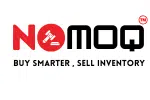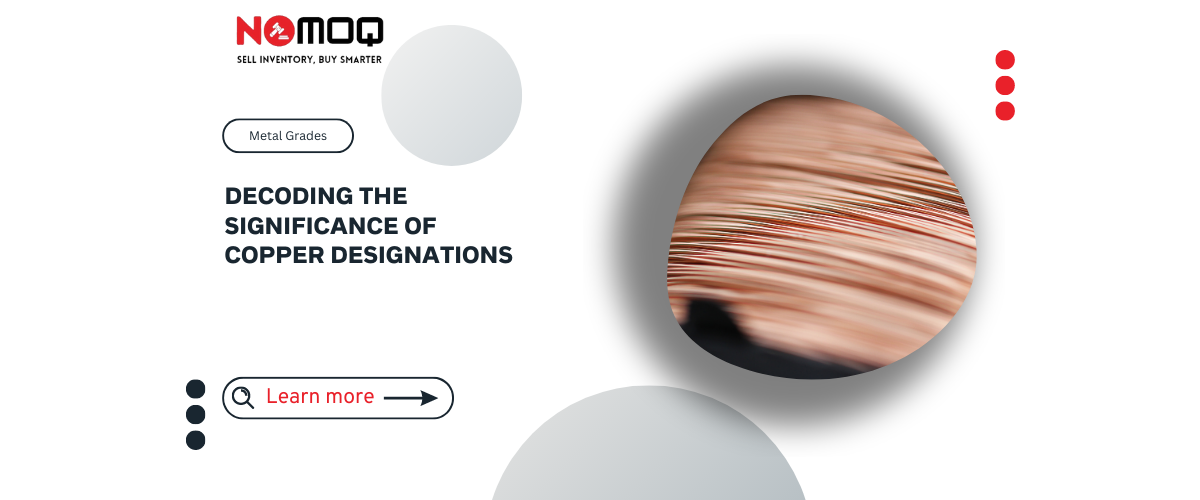In the intricate world of copper alloys, designation systems act as the key to unlocking their chemical compositions. Unlike specifications, these systems facilitate the identification of the elemental makeup of these versatile materials. While property requirements find their place within standards like EN, ASTM, and various government and military guidelines, the spotlight here is on the alloy designation system prevalent in the UK and across Europe.
This system employs a clever 6-character alpha-numeric code, offering insights into the very essence of each alloy. The journey begins with the first letter, a resounding “C” that signifies the foundation of these materials—Copper itself. But the revelation doesn’t stop there. The second letter assumes the role of an indicator, revealing the alloy’s intended form and purpose. Let’s delve into the alphabet of possibilities:
- B = Ingot for Re-Melting: These alloys lay the groundwork, serving as ingots destined for re-melting to ultimately shape cast products.
- C = Cast Products: When the end goal is a cast creation, this designation points the way. Casting processes transform these alloys into a range of products.
- F = Filler Materials: The “F” heralds the realm of filler materials, essential components for brazing and welding endeavors.
- M = Master Alloys: Mater alloys step in as the masters of alloy manipulation, offering precise control over alloying elements for tailored properties.
- R = Refined Unwrought Copper: Refined, pure, and untouched by extensive processing, these copper forms carry their natural essence.
- S = Scrap: Recycling finds its place under “S,” where scrap materials embark on a sustainable journey of repurposing.
- W = Wrought Products: For applications requiring shaping and forming, wrought products step in, ready to be molded into diverse forms.
- X = Non-Standard Materials: Innovation thrives under “X,” signifying non-standard materials that push the boundaries of convention.
Yet, the intrigue continues with a 3-digit number, an enigmatic code spanning from 001 to 999. These digits are strategically grouped, paving the way for a deeper understanding of the alloy’s intricacies. And then, there’s the final flourish—an additional letter that reveals the alloy grouping. This designation journey is a language of its own, unraveling the hidden facets of copper alloys and their boundless potential.
| Number Series | Letters | Materials |
| 001-099 | A or B | Copper |
| 100-199 | C or D | Copper Alloys, Min. 95% Cu |
| 200-299 | E or F | Copper Alloys, <95% Cu |
| 300-349 | G | Copper- Aluminium Alloys |
| 350-399 | H | Copper Nickel Alloys |
| 400-449 | J | Copper-Nickel-Zinc Alloys |
| 450-499 | K | Copper- Tin Alloys |
| 500-599 | L or M | Copper Zinc Alloys Binary |
| 600-699 | N or P | Copper Zinc Lead Alloys |
| 700-799 | R or S | Copper Zinc Alloys Complex |
UNS designations
Copper Alloys Designation method is an expansion upon the system developed by the US Copper and Brass Industry using Five digits Preceded by letter C
| UNS Numbers | Types | Alloys Names |
| C10000-C19999 | Wrought | Coppers, High Copper Alloys |
| C20000-C49999 | Wrought | Brasses |
| C50000-C59999 | Wrought | Phosphor Bronzes |
| C60600-C64200 | Wrought | Aluminium Bronzes |
| C64700-C66100 | Wrought | Silicon Bronzes |
| C66400-C69800 | Wrought | Brasses |
| C70000-C79999 | Wrought | Copper Nickels, Nickel Silvers |
| C80000-C82800 | Cast | Coppers, High Copper Alloys |
| C83300-C85800 | Cast | Brasses |
| C86100-C86800 | Cast | Manganese Bronzes |
| C87200-C87900 | Cast | Silicon Bronzes and Brasses |
| C90200-C94800 | Cast | Tin Bronzes |
| C95200-C95800 | Cast | Aluminium Bronzes |
| C96200-C97800 | Cast | Copper Nickels, Nickel Silvers |
| C98200-C98800 | Cast | Leaded Copper |
| C99300-C99750 | Cast | Special Alloys |
In essence, copper designations go beyond mere labels. They serve as a compass, guiding experts to comprehend the essence, purpose, and capabilities of each alloy. It’s a symphony of letters and numbers that harmoniously resonate with the endless innovation that defines the world of copper alloys

